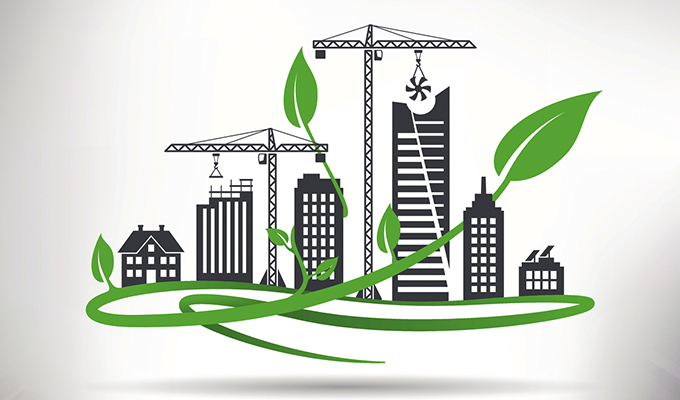Green retrofitting is the process of updating legacy buildings to lower their carbon footprint and environmental impact. Eco-friendly structures do more than help the environment. They also improve efficiency, save money, and make occupants more comfortable in their workspace or at home.
Why Green Retrofitting Matters
Buildings account for almost one-third of the world’s final energy consumption and 30% of emissions, including indirect output from electricity and heating. This energy mainly comes from fossil fuels. Therefore, reducing power usage is critical to mitigating the effects of climate change.
Ideally, contractors would build every structure using green materials and appliances in the first place. They would emphasize energy efficiency and sustainable building materials from the start, eliminating the need for retrofitting.
Although the construction industry is rapidly moving in that direction, it doesn’t make sense — nor is it sustainable — to tear down every outdated building and replace them with brand-new, environmentally friendly models. Instead, contractors and architects are focused on revamping existing structures.
Green retrofitting also helps preserve historic architecture. Imagine the outcry at rebuilding the White House or Taj Mahal in the most energy-efficient style.
Instead of changing the structure of culturally significant buildings, contractors modernize behind-the-scenes appliances — like air conditioning and electrical wiring — without compromising their exterior appearance. They often combine green retrofitting with much-needed repairs to accomplish two things simultaneously.
Green Retrofitting Ideas
There are several steps building managers and architects can take to lower energy consumption.
Solar Panels
As of 2019, 80% of America’s energy consumption comes from fossil fuels. Rooftop solar panels can compensate for their upfront cost by generating clean, renewable power and lowering or reducing electricity bills in the long run. When paired with a battery, they can continue to provide energy at night.
Insulation
Thin walls, inefficient windows, and air leakage around doors contribute to higher energy costs. Boosting wall and ceiling insulation goes a long way toward lowering power usage. Adding weatherstripping and caulk in cracks around windows and doors prevents drafts. Additionally, glazing windows with a reflective tint or swapping them for double-paned versions keeps buildings cooler.
LED Lights
Incandescent bulbs only use a fraction of their energy to produce light. The rest is lost in the form of heat. In contrast, LEDs are more efficient and last longer, too. Automatic lights can even turn off at certain times of the day or when people leave, further reducing electricity usage.
Smart Thermostats
Users can program smart thermostats to adjust the temperature at certain times or on different days of the week. Some can even sense building occupancy levels, changing the temperature based on how many people are present. Remote access also lets building managers control the temperature from a mobile device.
Low-Flow Water Fixtures
Because processing wastewater requires energy, reducing water usage indirectly reduces energy consumption. Installing low-flow toilets and sinks helps people reduce their water use at home and in the workplace.
Modern HVAC Systems
Heating and cooling systems can lose their efficacy over time. Technicians should inspect a building’s HVAC network and decide if replacing it would improve efficiency and occupant comfort. In some cases, replacing the insulation on pipes, repairing cracks, and replacing filters is all it takes to improve a struggling HVAC system.
Upgraded Appliances
Old refrigerators, stoves, washers, and dryers use significantly more power than modern appliances. Replacing them with Energy Star models lowers a building’s carbon footprint and energy costs at the same time.
The Modern Era of Building
Green retrofitting means renovating a building with efficiency and sustainability in mind. It can lower energy expenditures and help the environment in the long run. Plus, modernizing legacy structures doesn’t have to change their outward appearance, so historic places keep their charm and nostalgia factor. The future of green construction starts by bringing outdated buildings into the modern era.
About the Author
Jane Marsh is an environmental and green technology writer who covers topics in sustainable construction and green building materials. She also works as the editor-in-chief of Environment.co.


